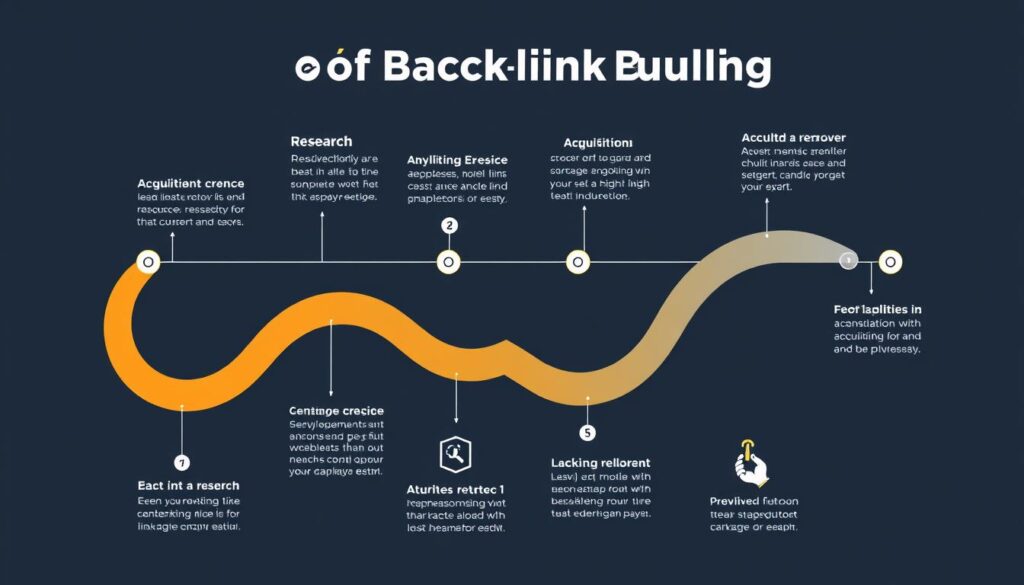
Introduction
In the cutthroat field of search engine optimization (SEO), excellent content by itself is insufficient. Use structured data—more especially, Schema Markup—to stand out in search engine results pages (SERRs).
Rich snippets and a strong tool that enable search engines to better grasp your content help to improve the visibility of your website and raise click-through rates (CTR). Should you not currently use Schema Markup, you are passing on a great chance to improve your SEO.
We shall address in this guide:
- What Schema Markup is and why is SEO’s benefit dependent on it?
- Several varieties of Schema Markup
- Schema Markup Implementation: How to do it?
- Best practices and instruments of application
- Typical errors to prevent Schema Markup FAQs
What is Schema Markup?
Schema Markup, sometimes known as structured data, is a kind of code designed to enable search engines to find your material in an ordered manner. It is predicated on the vocabulary offered by Google, Bing, Yahoo, Yandex’s joint effort Schema.org.
Schema Markup improves rich results—previously known as rich snippets—that are added to a webpage, therefore improving their appeal in search results. Among these improvements are star ratings, product specifics, event dates, FAQs, and more.
For instance, the cooking time, ratings, and ingredients shown straight on the search results if you are looking for a recipe. Schema Markup runs on it.
Why is Schema Markup Crucially Important for SEO?
- Improves Rich Snippets
Schema Markup enables Google to show other data in search results, including:Evaluations and ratings
Event details
Date, site, and ticket cost
Enquiries
Sections with expandable questions and answers
Recipes
Cooking times, calorie count, ingredients
- Increases Click-Through Rate (CTR)
More clicks draw from a more aesthetically pleasing and educational output. Rich snippets have been found in studies to boost CTR by up to 30% above average search results. - Improves Google’s Content Understanding
Google’s systems find the context of your page using structured data. Correct Schema Markup facilitates more efficient Google indexing and ranking of your pages. - Optimising Voice Search
Structured data is very important in enabling search engines to give succinct and pertinent responses as voice search becomes more common. - Improves Local SEO Visibility
LocalBusiness Schema lets search engines show critical information including address, phone number, and working hours for companies.
Kinds of Schema Markup
- Schema for Articles – Showing specifics like author, publish date, and featured image, used for blog entries and news stories.
- Schema of FAQs – Shows search result expanding question and answer list.
- Product Schema – Displaying price, availability, and user ratings, used for e-commerce websites.
- Review Schema – Highlights user reviews with star ratings
.
- Schema of Events – Show information including ticket availability, event date, and location.
- Recipe Schema – Shows cooking times, ingredients, and calorie count, therefore improving food-related material.
- Local Business Schema – Showing business information including address, phone number, and reviews helps local SEO.
- Breadcrumb Schema – Shows the page structure in search results so enhancing navigation.
Schema Markup Implementation: Methods
- Leveraging Google Structured Data Markup Helper
Google provides a free tool designed to create organised data:- Visit Google’s Structured Data Markup Helper.
- Choose the kind of Schema Markup—Article, Event, Product, etc.
- Enter your webpage URL; highlight author, title, and date.
- Click “HTML Create” and paste the produced JSON-LD code into your website.
- Using JSON-LD (Recommended by Google)
- Leveraging plugins for PHP – WordPress plugins like Yoast SEO, Rank Math, or Schema Pro enable automatic structured data addition.
- Using Google Tag Manager – Allows non-developers to apply Schema Markup without changing code.
Best Methods for Schema Markup
Check your implementation with Google’s Rich Results Test.
Keep your structured data current and relevant.
Avoid using false or misleading data.
Use only one Schema format—JSON-LD advised.
Combine several Schema types as needed (FAQ + Article).
Common Mistakes to Avoid
Choosing the wrong Schema type.
Missing necessary properties; refer to Schema.org documentation.
Overstuffing keywords in structured data—Google might penalize deceptive strategies.
Not testing Schema installation—apply Google Structured Data Testing Tool.
Frequently Asked Questions Regarding Schema Markup
- Does Schema Markup immediately raise ranks?
No, but it increases visibility and CTR, indirectly improving SEO performance. - Schema Markup shows in search results after how long?
It depends on Google’s crawling frequency. It may take days to weeks. - Does every website need Schema Markup?
No, but it is highly recommended for local businesses, e-commerce sites, blogs, and recipe websites. - Can I have multiple Schema types on one page?
Yes, as long as they accurately represent your content. - Best tools to create Schema Markup?
Google’s Structured Data Markup Helper, Merkle’s Schema Markup Generator, and Yoast SEO Plugin.
Final Thought
Schema Markup changes SEO fundamentally. It enhances rich snippets, helps search engines better understand your content, and increases CTR. Proper Schema Markup implementation will boost your website’s visibility and attract more organic traffic.
Start today implementing Schema Markup to stay ahead in the SEO game!

